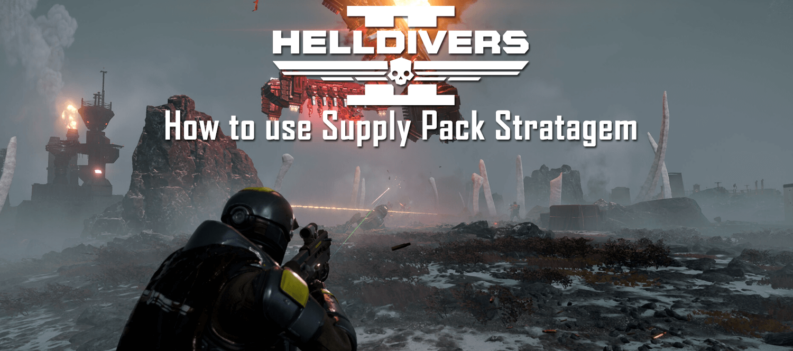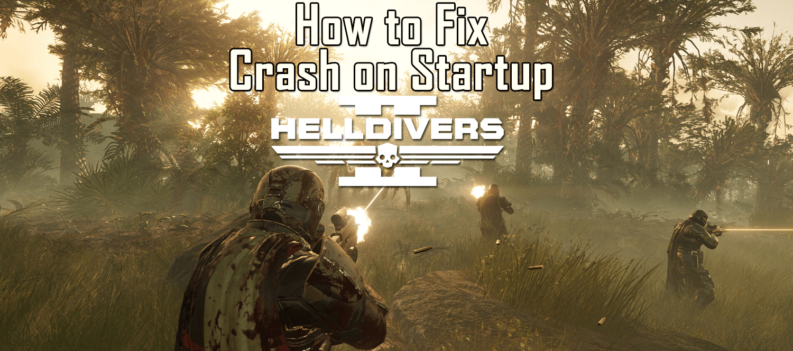Die Young was one of those rare games that completely blindsided me. Having never heard of it before it landed on my desk for review, I quickly fired up the trailer to see what I was in for. Doing so didn’t really do anything other than confuse me, purely because the trailer I watched makes the game look like a mash-up between a daytime soap opera and a survival horror, so starting the game for the first time, I didn’t know what to expect.
Luckily, the game lands solidly in the survival horror genre. Waking up inside a well, it is apparent from the onset that things have gone sideways – for one, you’re in a well. For another, you have woken up separated from your friends with nothing to aid you but your wits and a hand-drawn map left by a mysterious stranger. As far as game openings go – and overlooking the whole animated soap opera intro – DIe Young throws you in at the deep end and I have to be honest – I was hooked.
Die Young is a great Survival Horror RPG that gets so much of what it attempts right, it is easy to forgive what feels like a slight misstep in how the story is set up in cutscenes, which is really the games weakest link. Luckily these animated cutscenes are rare, popping up whenever you find a Shelter and choose to Rest. As a means to an end, they work to lay the groundwork for much of the story, but they do feel very cheesy in their delivery.
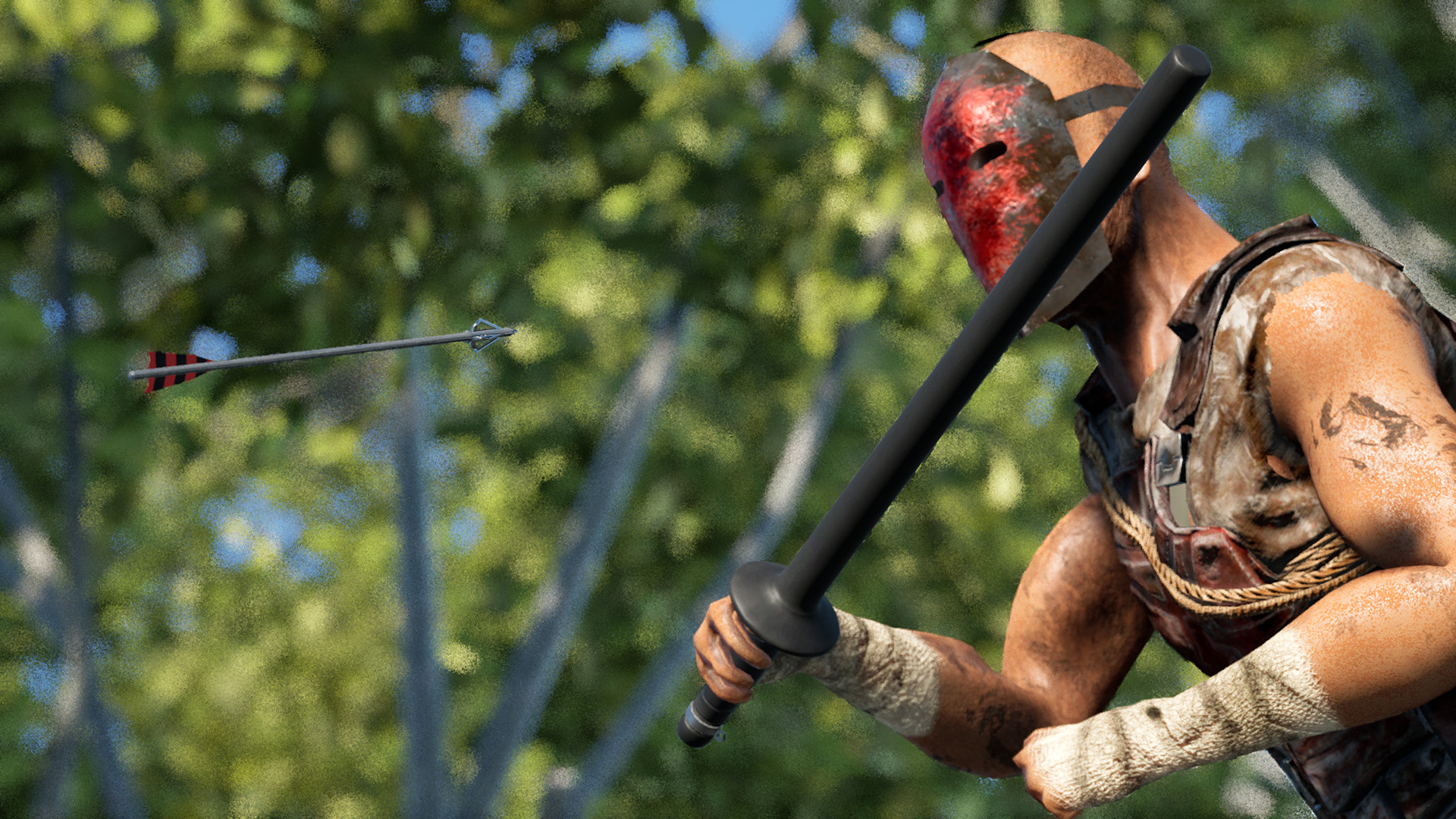
With that out the way, Die Young is easily one of the best survival horror games I have played, and I use the term “survival horror” loosely. At its core, Die Young is a survival sim with horror elements. Much of your time will be spent scrounging for resources and crafting equipment as you explore the island and delve deeper into the game’s story. The few horror aspects are mainly implied as opposed to outright jump scares, and this suits me fine as I am a gaming coward, and I’ll be the first to admit it.
Exploring the island is enjoyable, and Die Young does a fantastic job of drip-feeding resources and equipment during the course of the main campaign. Crafting materials are easy enough to come by, but by starting the game without a means to hold everything, you are limited as to what you can carry. This is true as well for the items you find. Initially, you have to make do with what you find lying around, prioritising items in order of what you need right now. Your inventory space is upgradable once you find a backpack and a utility belt, and this natural progression feels right – there is no skill wheel or experience points to spend here.
As you progress through the game Daphne learns how to craft items using the materials she has to hand, based on the items you have already found. Find a knife? Daphne can now use scrap metal and a few bits of string to make one. This system is subtle but works incredibly well to make you feel like you are toughening up naturally, and Daphne goes from feeling like a helpless victim to a resourceful survivor without the game bashing you over the head with it.
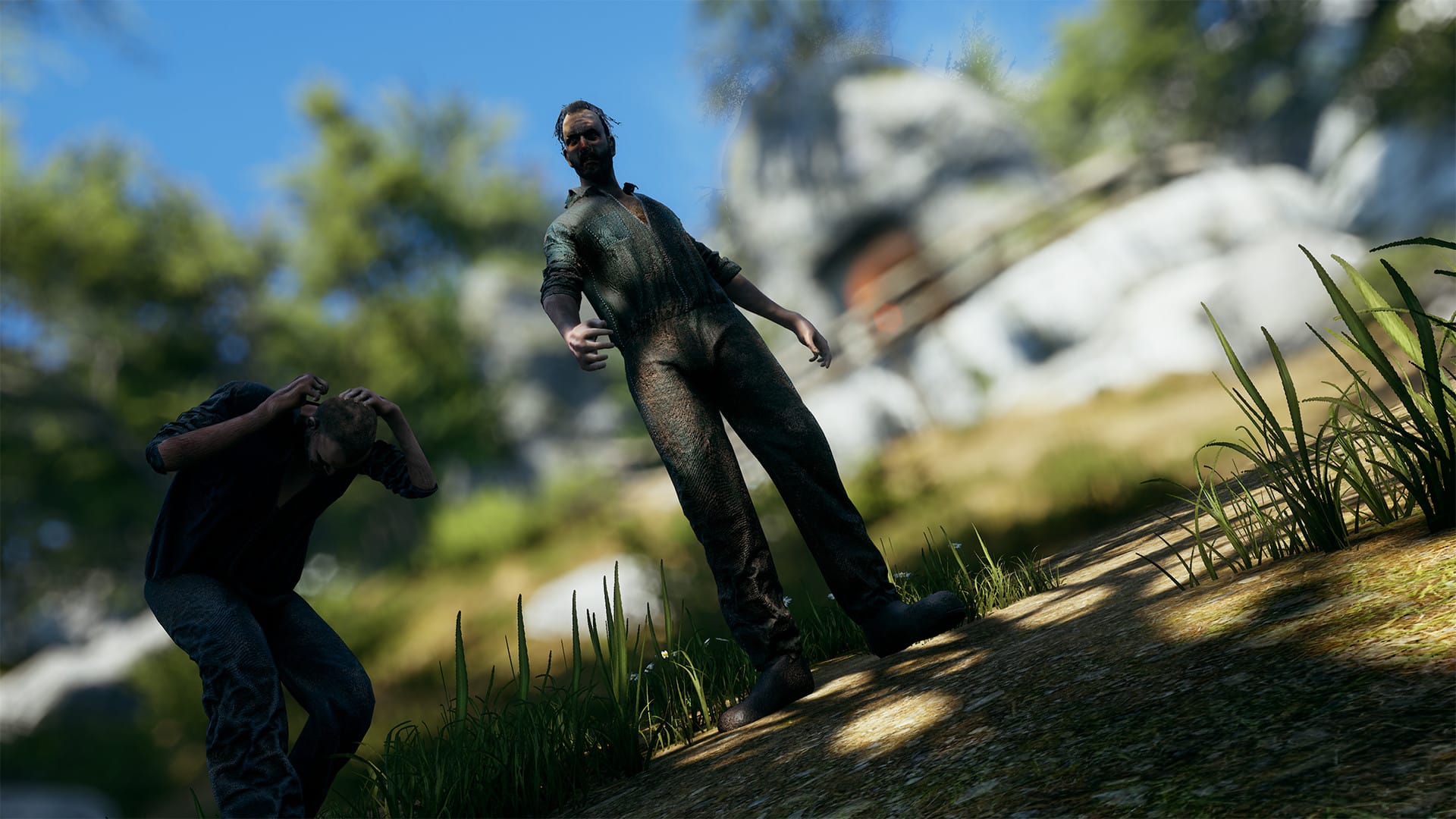
As well as inventory management, there are separate gauges for health, stamina and thirst. Health and thirst are obvious and can be improved by drinking from a water source or cooking at campfires, and stamina effects how long you can sprint, climb or swing a weapon for, and managing all three never really becomes a chore.
Combat too feels satisfying, if a little simple. Using a melee system, Die Young literally has you start empty-handed and afraid before you find items that can be used as weapons. Enemies range from animals that, when defeated, reward you with meat or hides that can be used to craft. Or humans that wander the island aimlessly or on patrol. Whether you hide or take them on is up to you as each encounter during the first few hours of the game can be avoided.
Melee does feel meaty, with animals yelping in pain or humans shouting out, and although they can all be bested by swinging whatever weapon you have to hand like a madman, you can block and dodge incoming attacks, so there is some finesse to the combat that develops as you make your way through the story. When I started I was hiding from everyone, but before long I was able to quickly assess who I could take on and who I needed to hide from using my current skill and equipment.
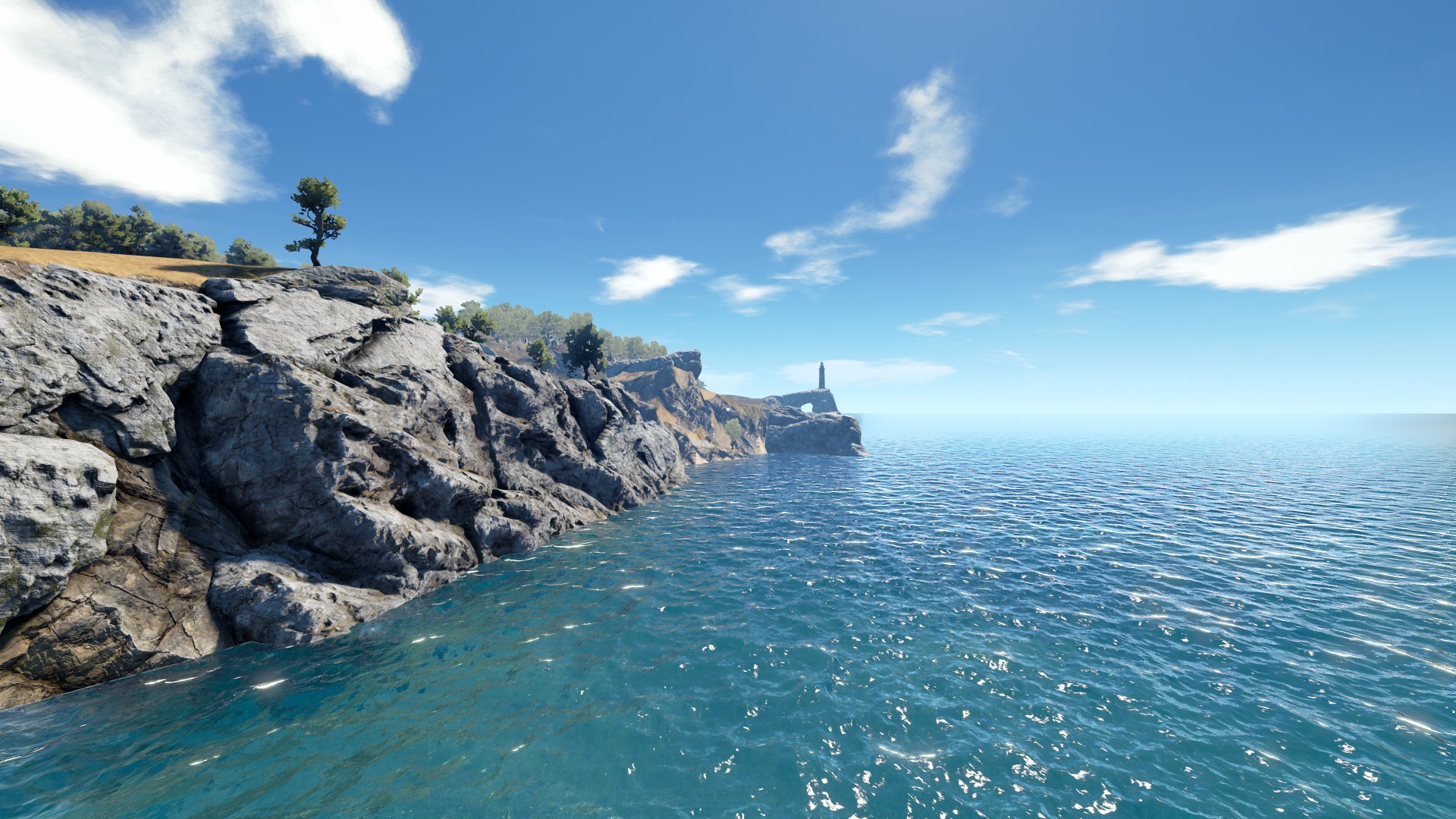
Not only does Die Young do well to milk out the items and crafting materials in a meaningful way, but the level design is also some of the best I have seen in an open-world game. The island itself feels huge and expansive, but each area somehow feels unique, from climbing a mountain or navigating a run-down farm. The island is made up of plenty of smaller areas that can be explored, and some of the natural areas do feel real, and without any intrusive HUD elements, you quickly learn to rely on the map and compass to work your way around.
Die Young does employ a few other gaming elements, such as a quest tracker that you can use to track your current quest or point you in the right direction, but this is quite unobtrusive and it feels at home in the game, with exploration being rewarding as a result.
All of these elements are all well and good, but without a decent story to tie them together, Die Young would be DOA. Luckily, the mysterious situation you find yourself in quickly draws you in and the narrative unwinds through letters littering the abandoned buildings or by Daphne’s narration. As I said earlier the cutscenes (when they do appear) deviate somewhat from the overall feel of Die Young, but everything else works so well that it more than makes up for it.
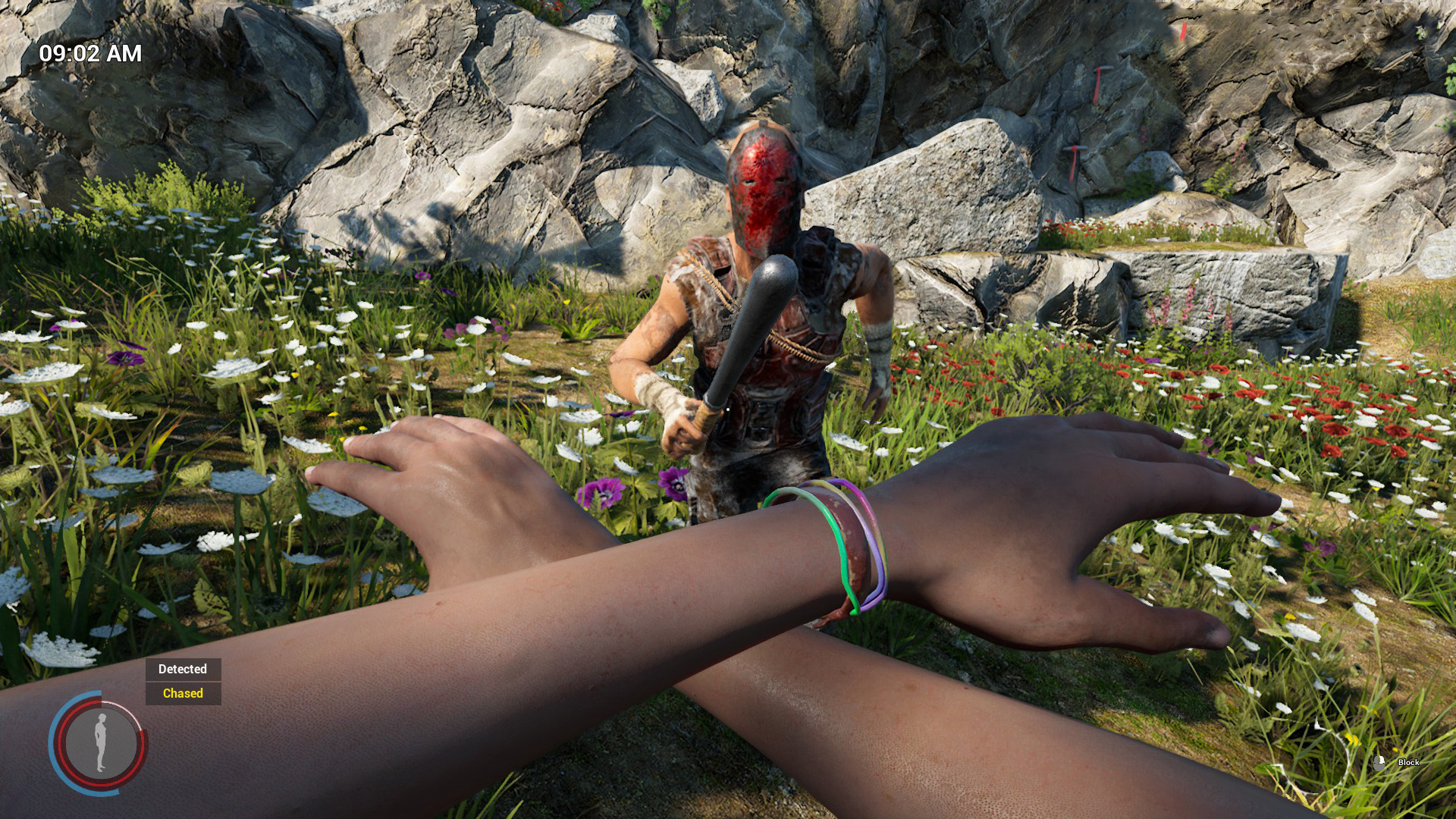
My only other complaint is that climbing can be a bit of a nightmare. There was more than one occasion where I was required to jump to a ledge or clamber up to a beam, only for me to miss my jump and fall to my death. Die Young uses a checkpoint system in that the game autosaves every time you use one of the many campfires you encounter across the island so it was never really much of a problem, but it can get frustrating at particular points in the game. That being said, the climbing system is fun and works well, which is a good thing too as Die Young relies upon it heavily to navigate the various areas.
Die Young is a fantastic example of a survival sim done right; a beautiful setting that feels massive and interesting to explore, a story that is told naturally as you progress and skills that feel earned rather than rewarded for hitting an arbitrary number. If you enjoy open-world survival sims then Die Young is nothing short of a bargain.
Die Young PS5, PS4 Review
-
Overall - Must Play - 9/109/10
Summary

With an intriguing story, interesting location, and exploration that feels rewarding, Die Young is a great example of a survival sim done right. Combining so many elements we have seen before into one neat package, I was thoroughly impressed with what Die Young had to offer – do not let the cut scenes put you off!
Review Disclaimer: This review was carried out using a copy of the game provided by the publisher. For more information, please read our Review Policy.
Reviewed using PS5.



